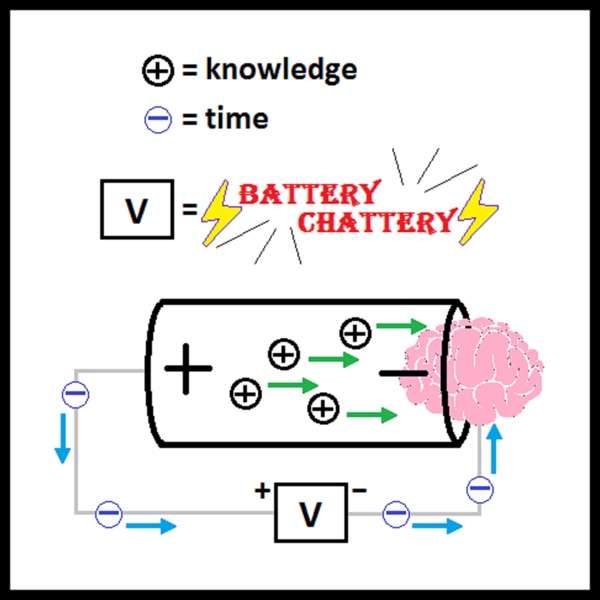80% of human-made greenhouse gas emissions are from carbon dioxide, and carbon dioxide emitted today would last for over a thousand years in the atmosphere. These are two reasons to pursue innovations in energy and power generation technologies focused on decarbonization as a part of environmental sustainability.
Join the conversation as Thomas, Srikanth and Jeff start the debate with the basics around primary greenhouse gases: carbon, methane and nitrous oxides. The group then debates what makes carbon dioxide get the spotlight when it comes to decarbonization efforts.
Then comes the carbon terms: carbon neutral, carbon zero and carbon negative; what are these and why are they important in our journey towards decarbonization of the electricity grid?
Beyond the basics, what does the future of decarbonization look like?
Many agree that renewables are the destination in the decarbonization of the grid. Thomas, Srikanth and Jeff discuss energy and power generation innovations needed in the journey towards decarbonization. Distributed generation is one of these technologies and works to integrate renewables into our grid. The team then covers the role of fuels, such as hydrogen and natural gas, in energy and power generation markets.
What else can energy-minded professionals expect from this discussion?
Whether you are a facility management professional, business leader or a sustainability champion, join the conversation to seek perspectives on the following questions:
- Where do human-made carbon emissions come from?
- What is the linkage between electricity consumption, carbon emissions and economic growth?
- How does distributed generation help to integrate renewables and other low carbon electricity generation sources into our grid?
Visit cummins.com/energy-iq for additional resources.
Special Guests: Jeffrey Wiltrout and Srikanth Balasubramaniam.

 Our TOPPODCAST Picks
Our TOPPODCAST Picks  Stay Connected
Stay Connected







